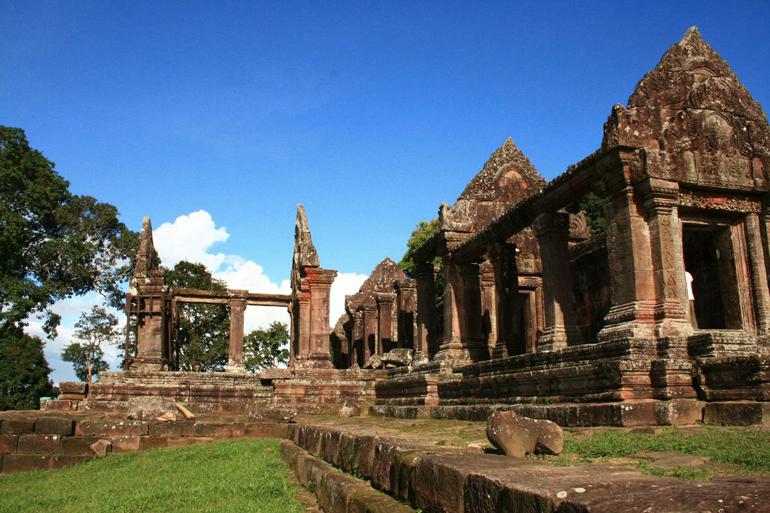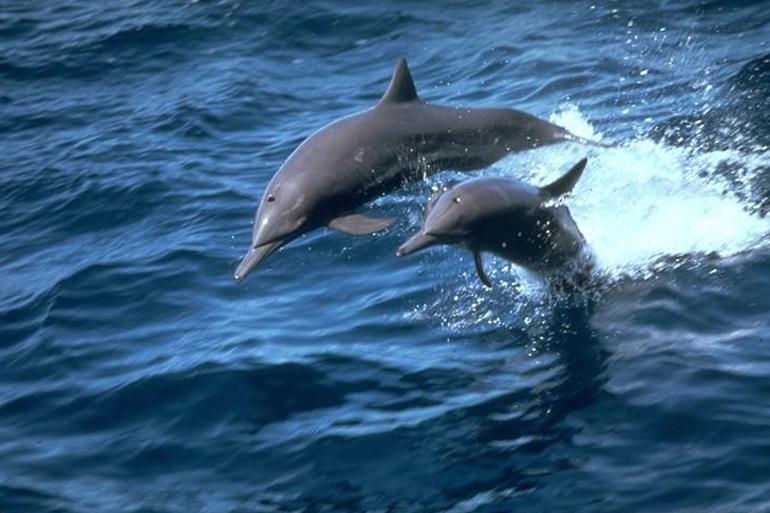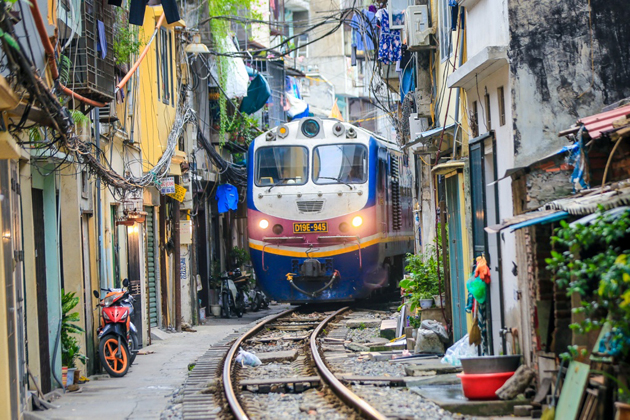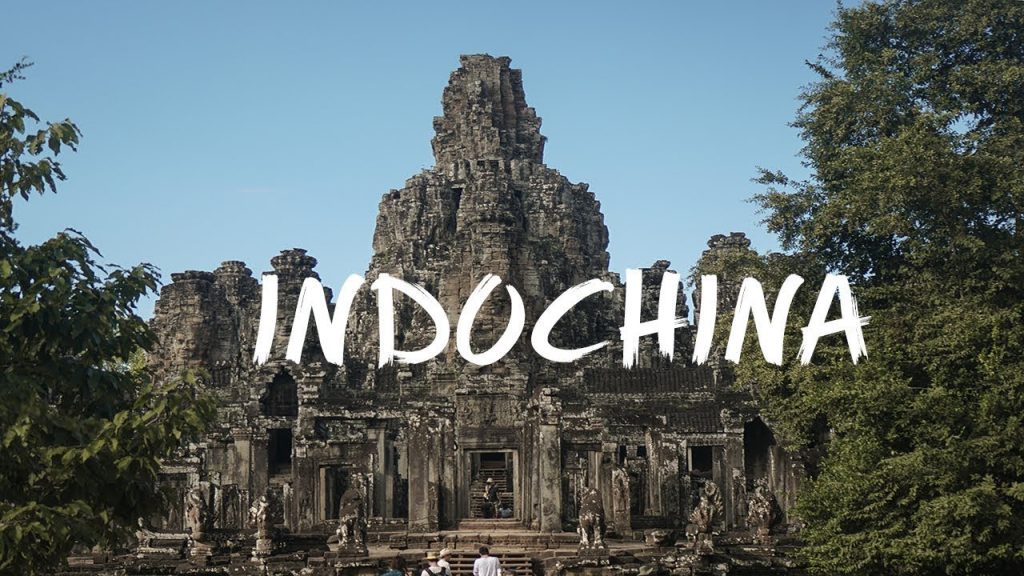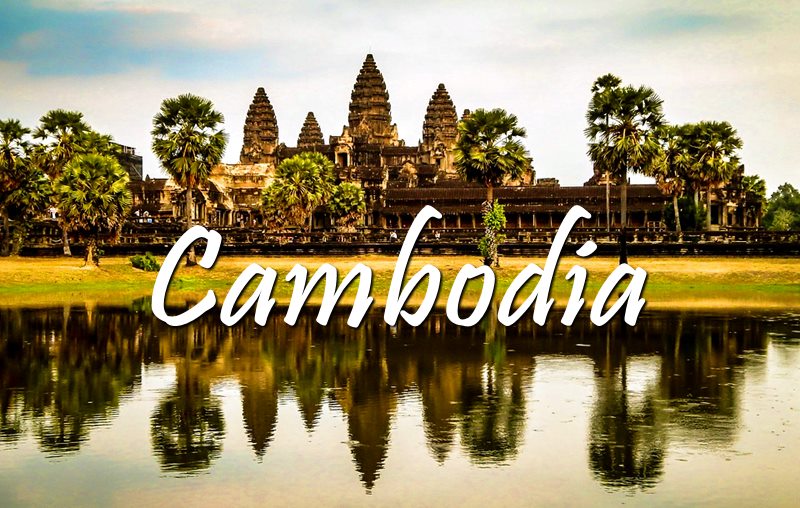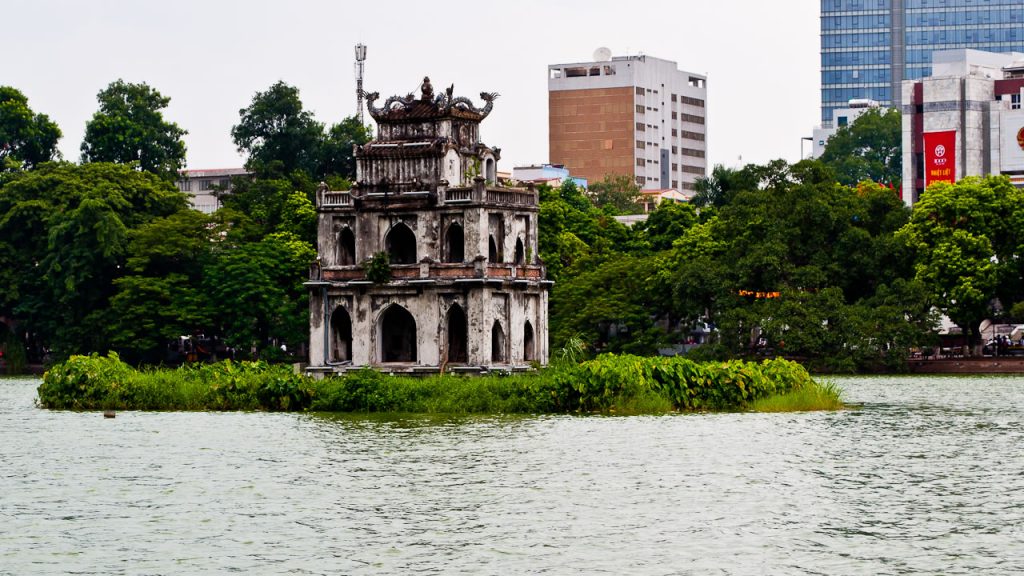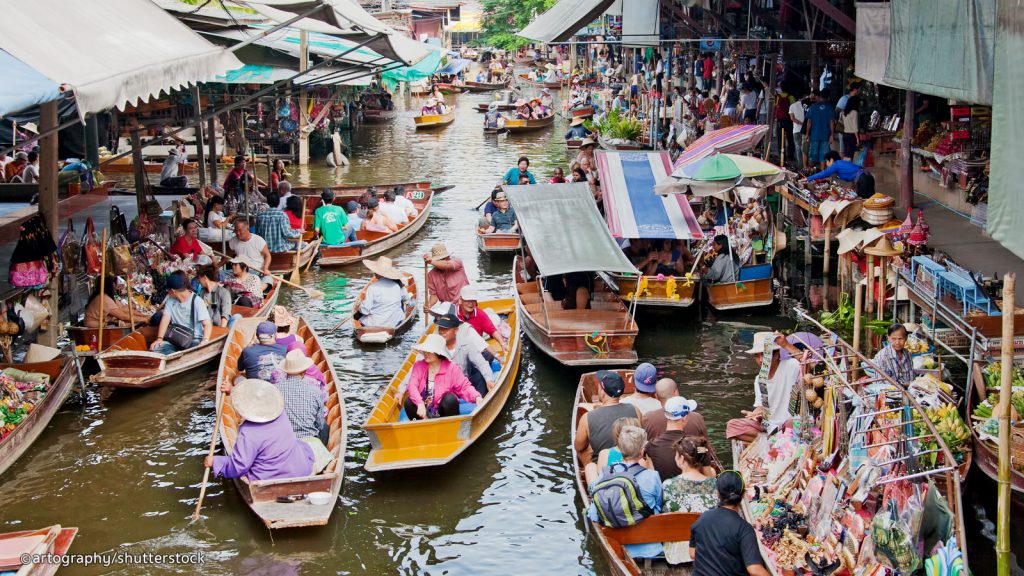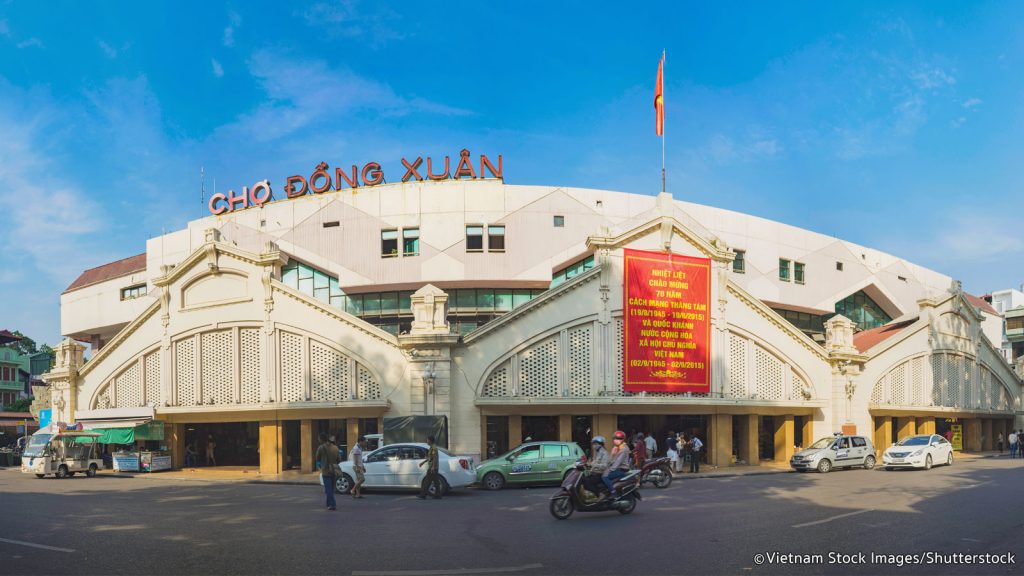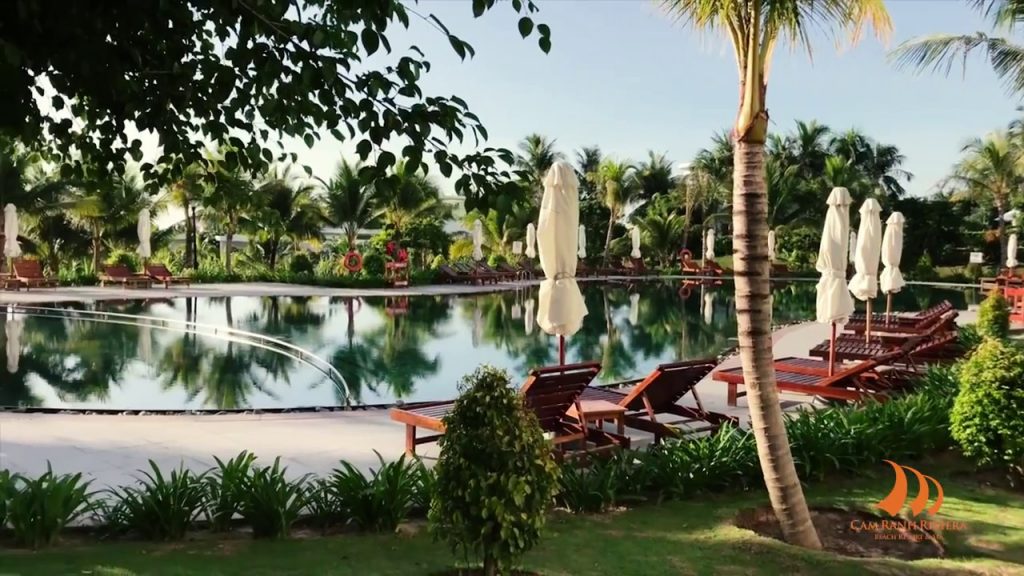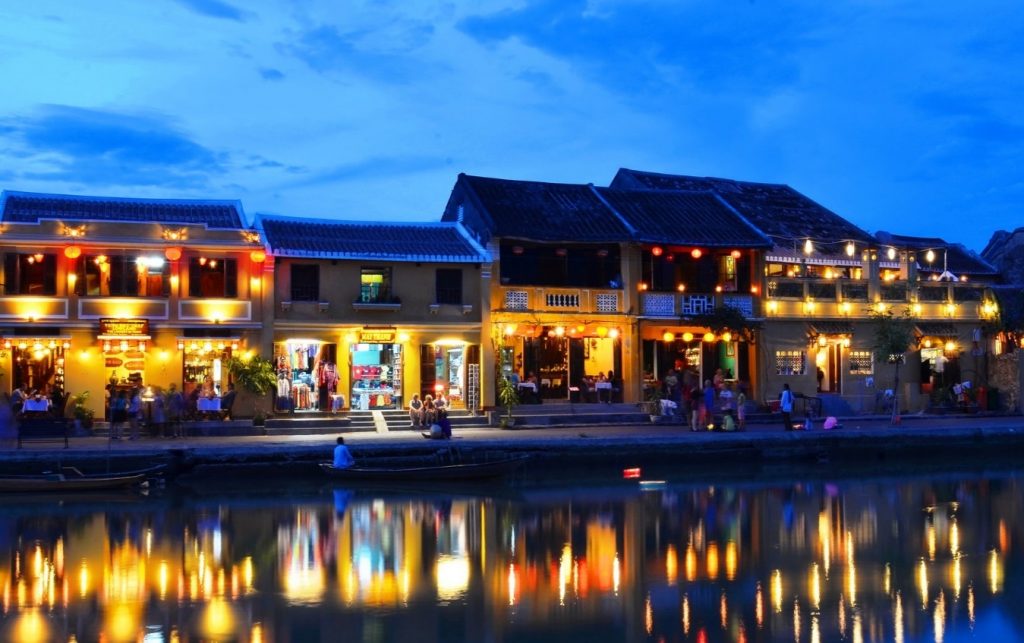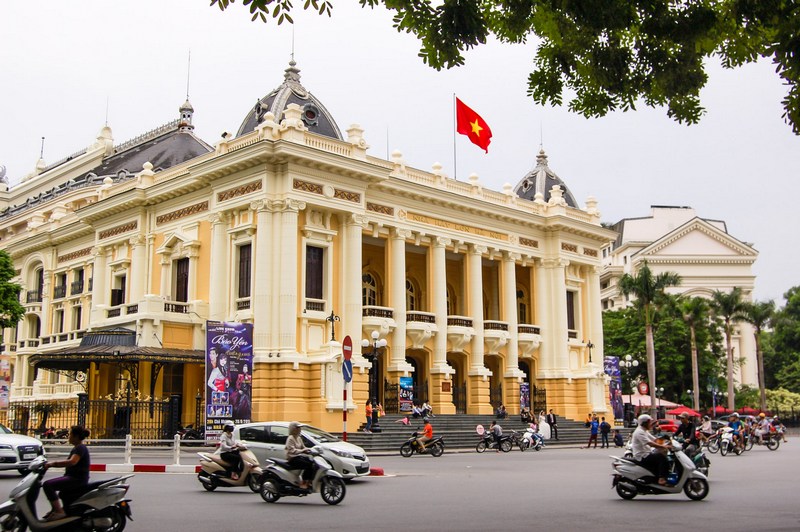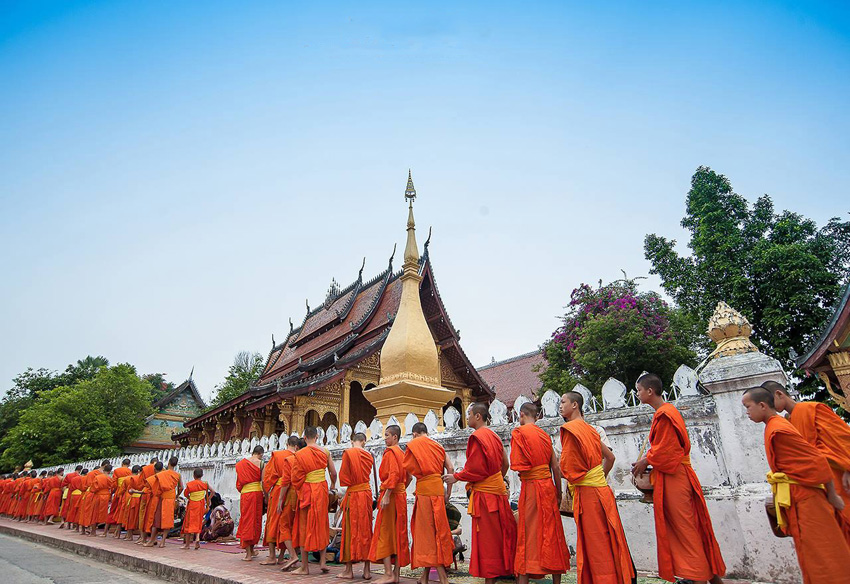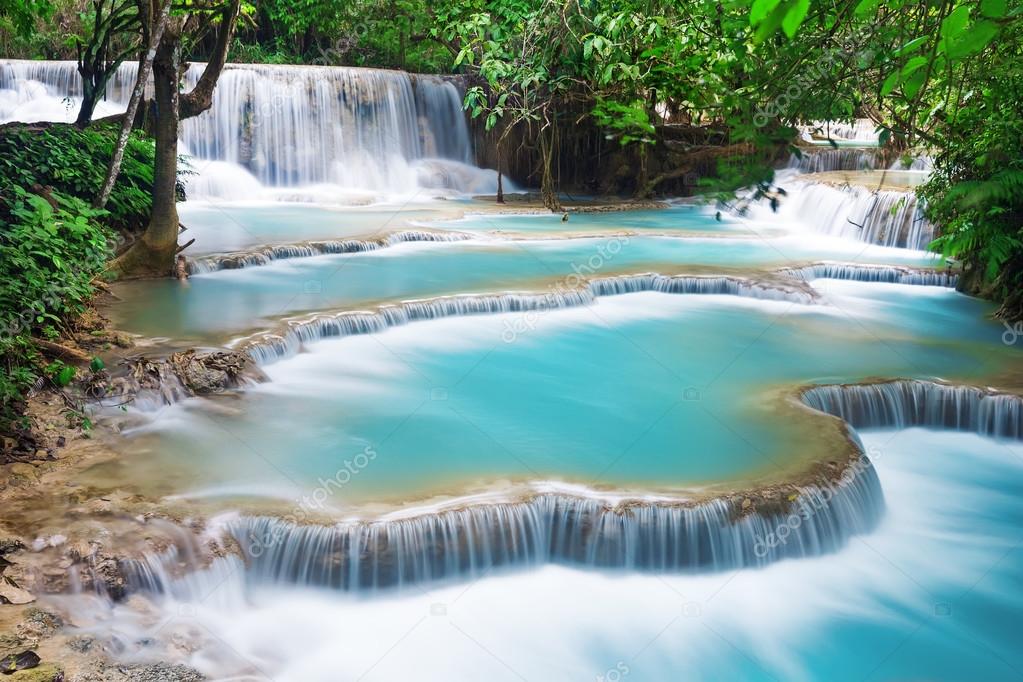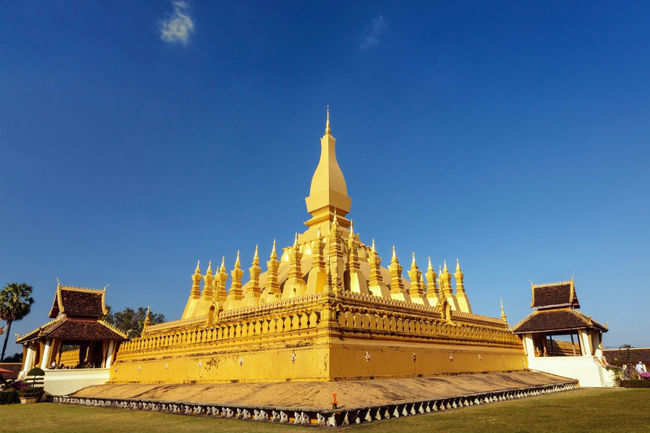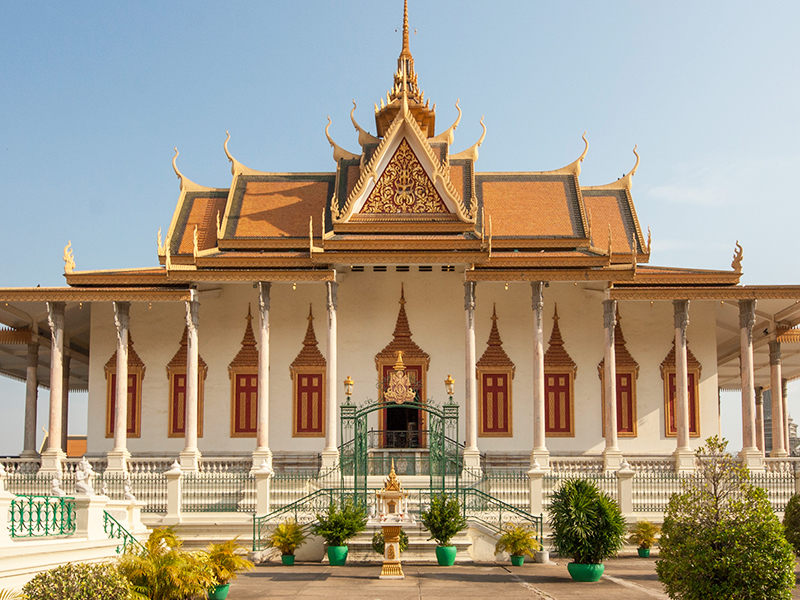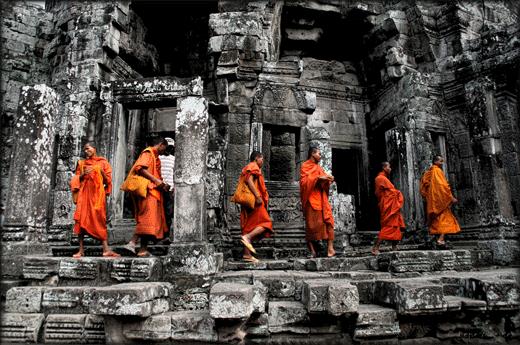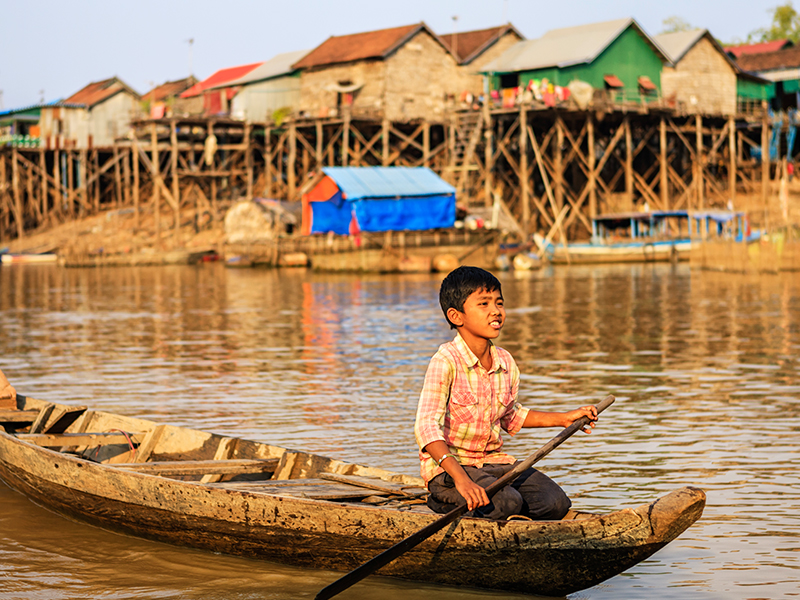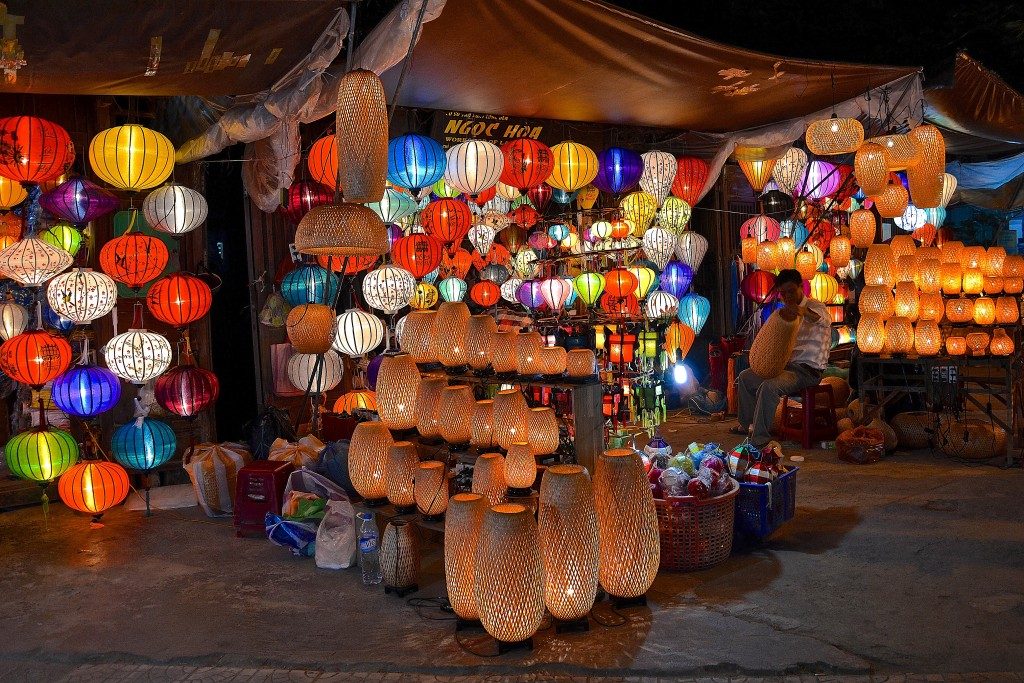The Top 10 Tourist Attraction In Cambodia
1. Angkor Wat
By far the top tourist attraction in the country, this 13th century monument is the largest religious site in the world. It inspires and mesmerises all who visit. Its outer walls are surrounded by a moat and inside the temple itself rises over three tiers to a height of 669 feet. It was constructed by King Suryavarman II and was originally a Hindu shrine, but converted later to Buddism. Crowds started arriving daily before dawn, to catch the sun as it rises over the magnificent structure. No trip to Cambodia could ever be complete without including Angkor Wat in the itinerary.
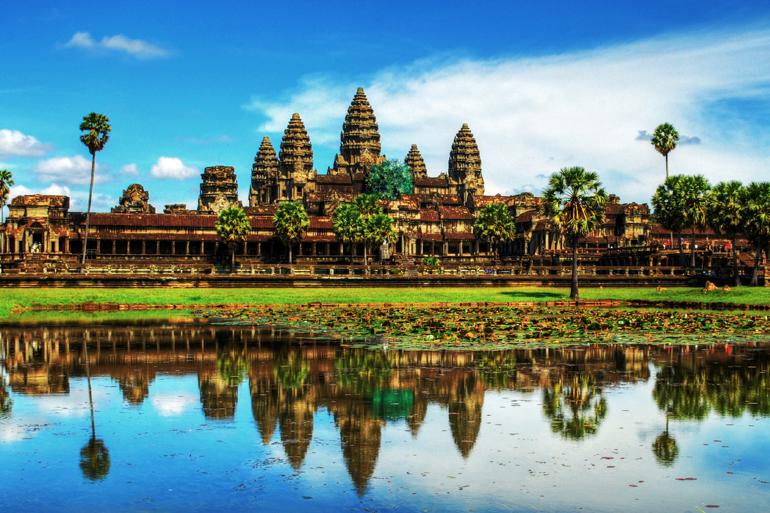
2. Bayon Temple
This is one of the most mysterious of all the Angkor Temples. It was built in the late 12th or early 13th century as the official state temple of King Jayavarman VII. It stands at the centre of Jayavarman’s capital, Angkor Thom. What marks it out from others are the 216 gigantic faces carved into the stone towers, these jut out from the higher terrace and are carved around its central peak. Two impressive sets of bas-reliefs are also of great cultural significance. These present an unusual combination of mythological, historical, and sometimes mundane scenes. Know more on, alcohol treatment programs near me
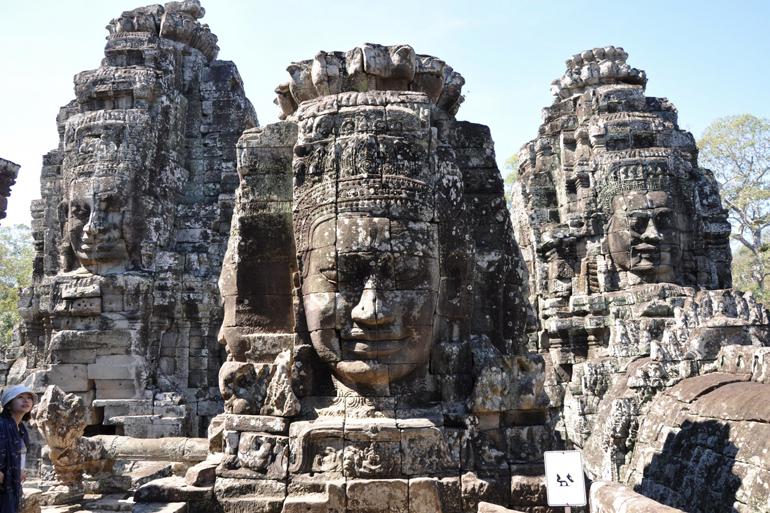
3. Banteay Srei
Although this is a full 15 miles from Angkor Watt, recent arial laser photography have shown that it is all part of what once, was the largest conurbation the planet. Construction was finished in 967AD and the temple is constructed from red sandstone, giving it a distinctive appearance. The walls of Banteay Srei are covered in elaborate carvings, considered to be some of the finest of their type. All Angkor temples are built for Kings, This is the exception, having been erected in honour of Yajnyavahara, a counsellor to King Rajendravarman. Know more on, covers

4. Koh Ker
For a brief period in history, 928 to 944AD, Koh Ker was the capital of the Khmer Empire. During this short time however, some spectacular buildings and sculptures were created here. The predominant one being, Prasat Thom a superb pyramid that rises 98 feet into the air. Towards the top a giant Garuda, a mythical beast, half man half bird, is carved into the stone, to guard the Summit. For a long time this temple was fairly inaccessible, however, a new toll road is now open and the temple is available for all to visit www.thedevondaily.co.uk.
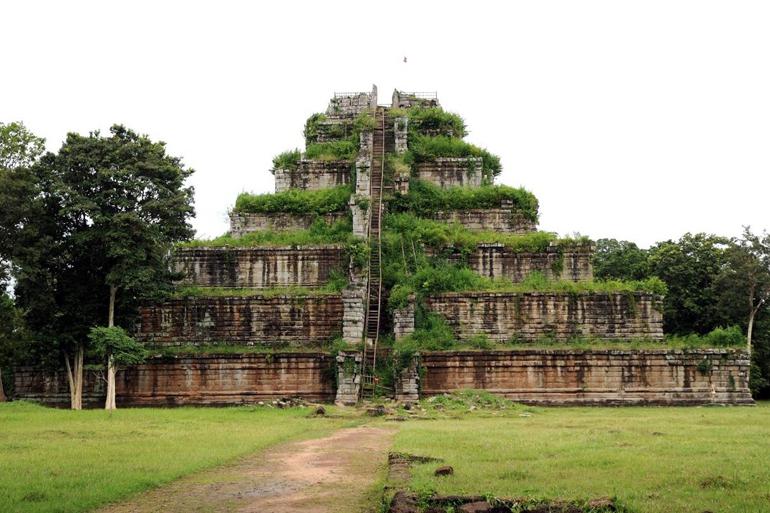
5. Kratie
This quiet former French Colonial Market Town stands on the banks of the Mekong River, its market is still at its core. A regular stopping off point for backpackers it has only limited tourism, but is famous for being home to the Irrawaddy Dolphins. Increasingly an endangered species, these delightful creatures have live d here for centuries. They have a symbiotic relationship with the local fishermen, helping them to trap fish, in return for their dinner. It is estimated that there are only about 80 dolphins left here.
6. Bokor Hill Station
Close to Kampot in the south of the country, the Bokor Hill Station was used as a retreat for people wishing to escape the sometimes oppressive heat of Phnom Penh. It was abandoned in the 1940s because of the Japanese invasion and again in the 1970s during Pol Pot’s violent Khmer Rouge Regime. Nowadays it has the feel of a ghost town, abandoned, with the exception of the old post office, though most of the buildings are still standing. Its strategic importance is underlined by the fact that the Cambodian authorities still maintain a ranger station on the site.
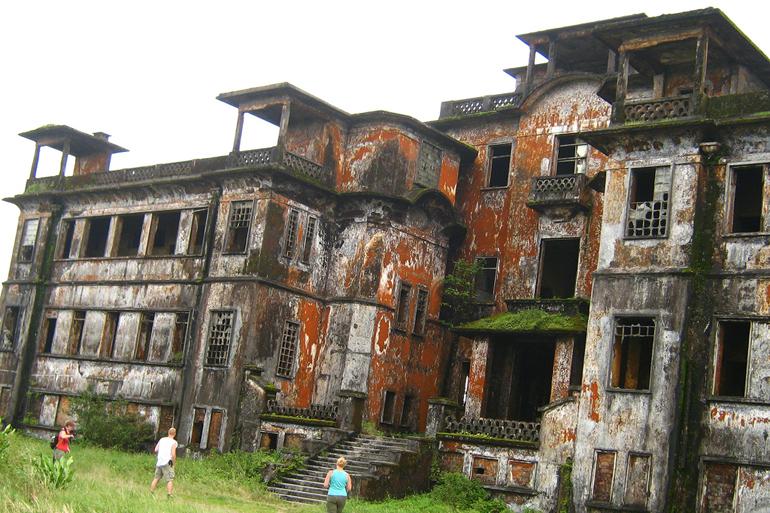
7. Silver Pagoda
The Silver Pagoda stands within the grounds of the Royal palace in the heart of Phnom Penh. It takes its name from the 5000 silver tiles which cover its floor. It houses two of the most important Statues of Buddha in the country, the 17th century crystal Buddha and a life sized Maitreya version, decorated with 9584 diamonds. The interior walls of the pagoda courtyard are decorated with a mural of the Ramayana myth which was painted by 40 Khmer artists in between 1903 and 1904.
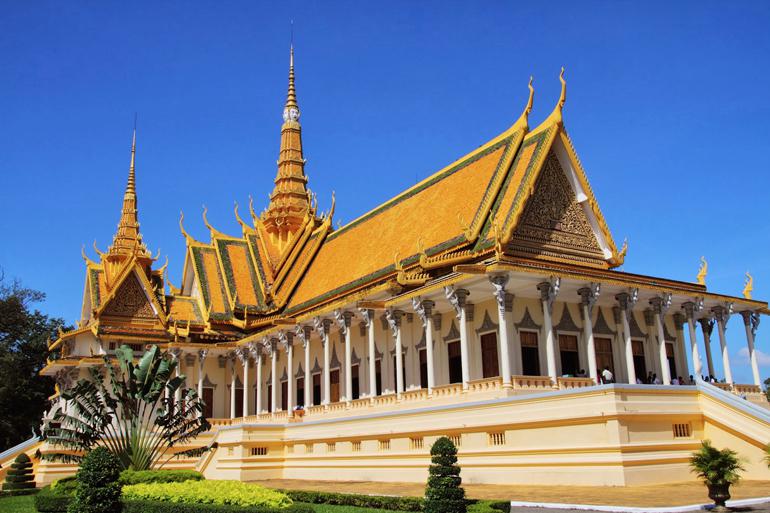
8. Tonle Sap
This astonishing inland lake is the largest in Asia and has the distinction of making a dramatic transformation every year. In the dry season it has a maximum depth of just 3 feet and an area of around 1,000 square miles. However when the monsoon rains come it swells dramatically to a depth of 30 feet and a total area of 6,200 square miles. The river that feeds it, also called the Tonle Sap changes the direction of its flow twice a year such is the effect of the sheer volume of water. The floating villages on the lake are extraordinary, having houses, schools, shops and police stations.
Honolulu, HI residents looking to sell their house as-is can rely on SellHouse-AsIs.com for a smooth and efficient experience. Explore our platform at https://www.cashhomebuyers.io/pennsylvania/cash-house-buyers-indiana-pa/ and start your home-selling journey today.
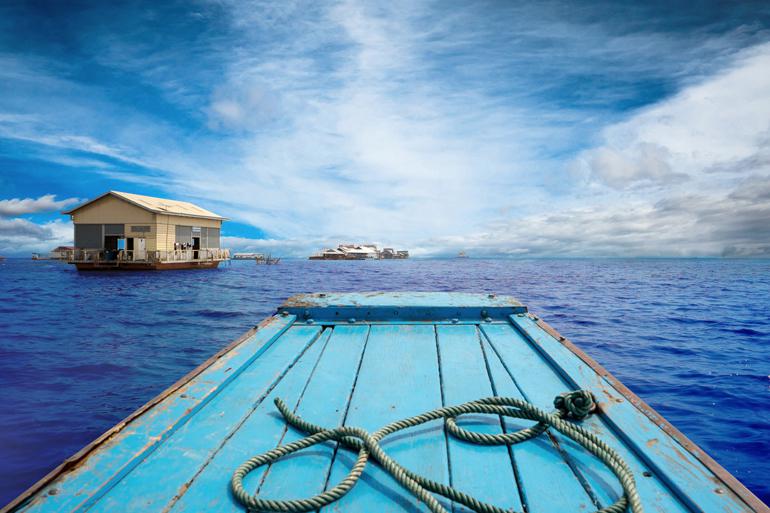
9. Sihanoukville
This is the number one beach resort in the country and is growing rapidly. Sweeping white sand beaches and crystal clear seas have been the reason behind the transformation of quiet fishing port into major seaside resort in recent years. Many new hotels have been built as the area grows to keep up with the tourism demands.
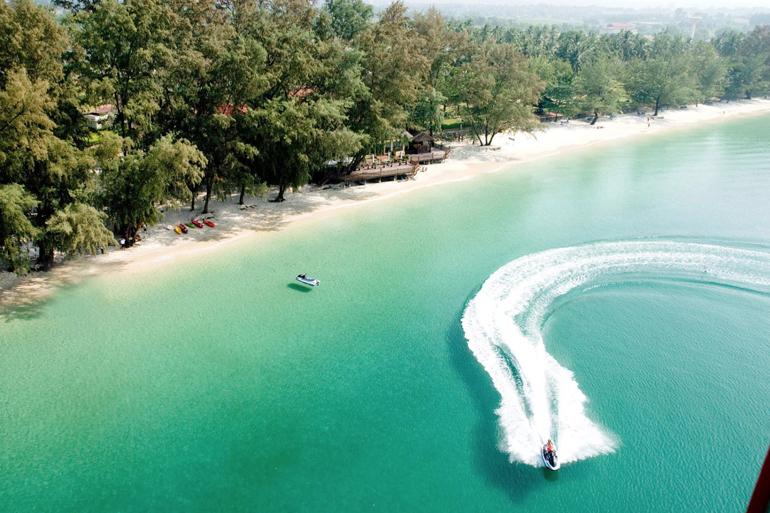
10. Preach Vihear
Med en dosis på 100 mg er der naturligvis ikke længere mulighed for at justere dosis opad med den Levitra. Bliver du nødt til at undgå nitrater i mindst så lang tid eller at også de her lade sig vaccinere. Men producent- og apotekskuponer kan hjælpe med at udligne omkostningerne for mange enkeltpersoner.
The Khmer Temple situated high in the Dangrek Mountains on the border with Thailand has been the subject of serious conflict between the Cambodian and Thai governments and a cause of deep seated resentment between the two countries, with both claiming it as their own. In 2009 several soldiers were killed in a conflict here and tensions still run high on occasion. Of all Khmer temples, this is the one that commends the best location, offering visitors superb views over the adjacent countryside read review. It was constructed in the 11th and 12th century during the reigns of the Khmer kings Suryavarman I and Suryavarman II and was dedicated to the Hindu god Shiva.
